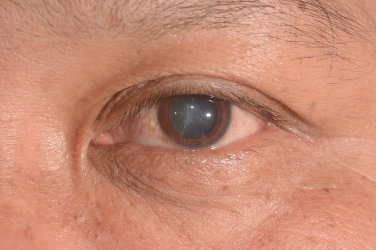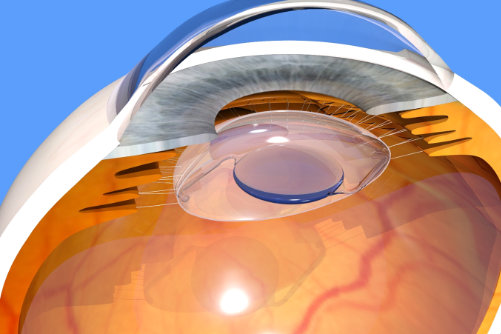Cataracts
What are cataracts?
Cataracts result from the natural ageing process of the lens inside each eye. With age, your lens hardens and that’s why in your 40’s you usually need reading glasses or multifocal spectacles. Eventually it then starts to go cloudy and then you call it a cataract.

What are the symptoms of cataract?
Most people complain of blurred, distorted, or dim vision. Often glare becomes more noticeable and occasionally some people go through a period of second sight where their spectacle prescription improves though this is short lived, and surgery is still needed as the vision ultimately becomes too dull.
What else can cause cataracts?
Other than ageing, cataracts can also be caused by injury, certain medications, and general diseases such as diabetes.
What treatment is available?
The only effective treatment for cataracts is cataract surgery. There are no magic drops, tablets or natural remedies to reverse cataracts. Don’t believe social media posts claiming otherwise.
Cataract surgery is day surgery. You are only in theatre approximately 20 minutes. You will have twilight sedation and local anaesthetic. Most people fall asleep during the procedure. Your natural lens is removed and an artificial intraocular lens (IOL) replaces it.

What type of IOL can I have?
The surgeon will go through all your options based on your history and pre-operative measurements. Options include:
- Having both eyes designed for distance vision and wear glasses just for near tasks,
- Having one eye designed for distance and the other for reading, this is called monovision.
- Having multifocal IOLs where each eye attempts to achieve distance and near vision, however this often causes haloes around lights, so it is a compromise.
- EDOF lenses. These are extended depth of focus lenses. They give good distance and some mid range vision (think desk work) but require weak reading glasses for fine things up close.
There are no guarantees of being totally spectacle free after the surgery, but you should certainly be less dependent on spectacles afterwards.
What are the risks of cataract surgery?
Within a few days after surgery, 99 out of 100 people are doing very well, though it is best to wait 4 weeks after the second eye is done before returning to finalise any post operative spectacles.
About 1 in a 100 people will have mild complications that will resolve within a few weeks.
About 1 in a 1000 people can have serious complications where loss of vision can result. This includes things like retinal detachment and endophthalmitis (severe infection).

